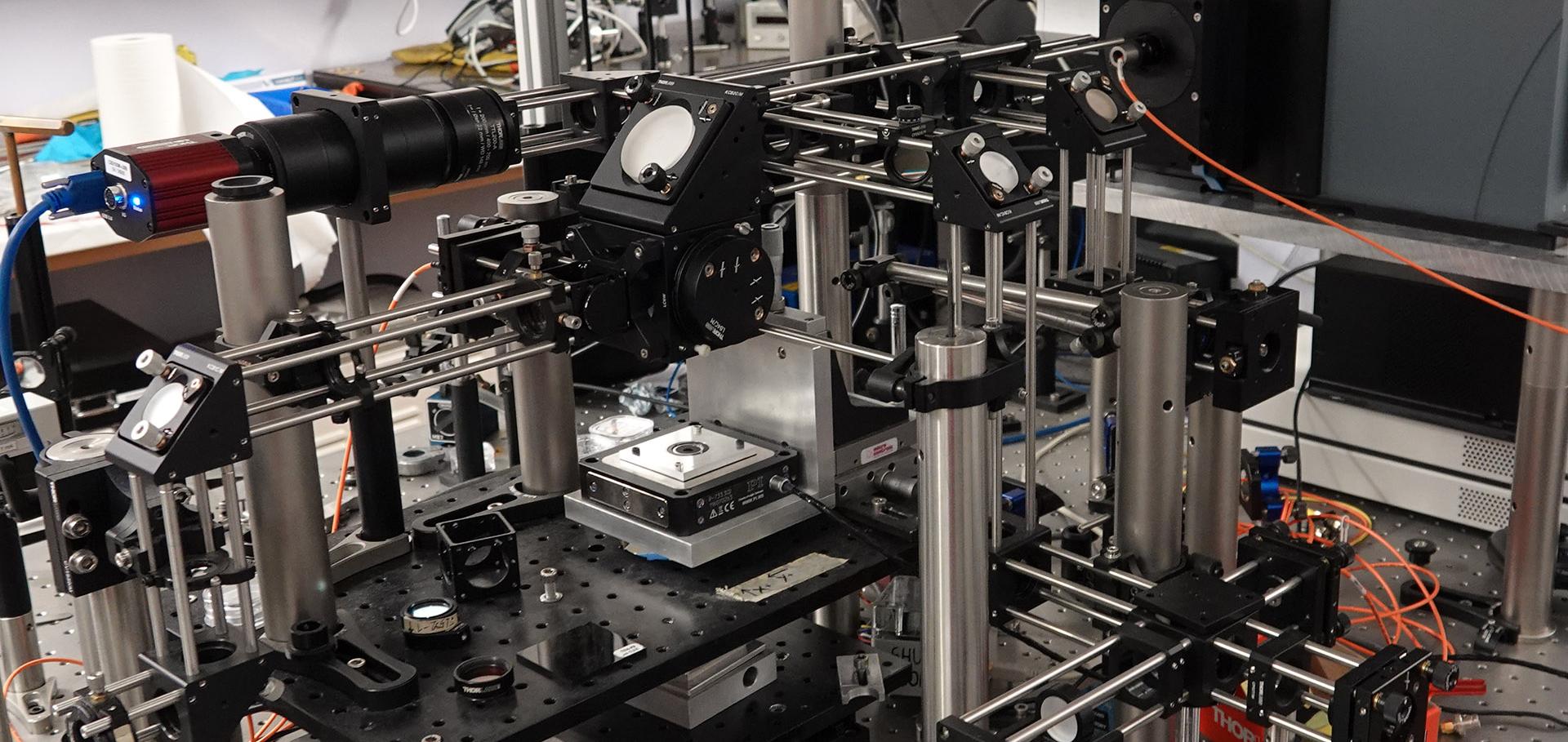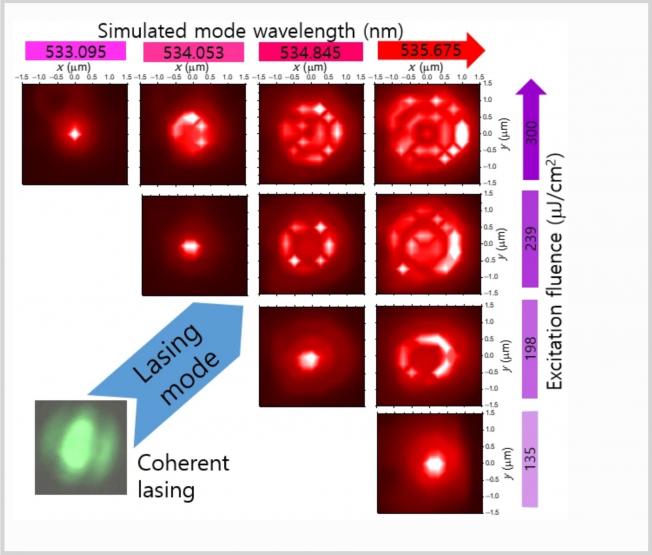Hot carrier relaxation by extreme electron-LO phonon scattering in GaN
Physica Status Solidi (B) Basic Research 216:1 (1999) 51-55
Abstract:
Hot carrier relaxation has been investigated in GaN using non-resonant femtosecond excitation where electrons are excited above and below the LO phonon energy. We observe remarkably rapid electron relaxation; the electron distribution is non-thermal, with a "cut-off" occurring near ELO. In a preliminary Monte Carlo study we have simulations which reproduce the major experimental observations, confirming the development of a non-thermal electron distribution near ELO due to the strong electron-LO phonon interaction. Hot phonon effects are pronounced at high carrier densities.Dynamics of resonantly excited excitons in GaN
Physical Review B American Physical Society (APS) 58:24 (1998) R15973-R15976
Optical gain in GaN epilayers
Applied Physics Letters 73:2 (1998) 199-201
Abstract:
We present optical gain and loss spectra measured over a range of carrier densities at low temperature in hexagonal GaN epilayers. We have determined the optical loss directly to be ∼80 cm-1. Photoluminescence spectra show that stimulated emission in our samples arises from electron-hole plasma recombination. © 1998 American Institute of Physics.Photoluminescence studies of Mg-doped and Si-doped gallium nitride epilayers
PHYS STATUS SOLIDI B 210:2 (1998) 465-470
Abstract:
We present time-, temperature- and intensity-dependent photoluminescence measurements of undoped, n-type and p-type GaN epilayers. In the nominally undoped samples we observe at low temperatures the trapping of free excitons by neutral donors and subsequent radiative recombination. In the n-type Si-doped samples bound-exciton luminescence is dominant over a wide range of temperatures. The luminescence from p-type Mg-doped samples is dominated by shallow-donor-shallow-acceptor pair recombination and by a deep blue centres at 3.0 eV. These two emission bands show identical temperature and linear intensity dependence.Femtosecond dynamics of secondary radiation formation from quantum well excitons
PHYSICA E 2:1-4 (1998) 49-53



